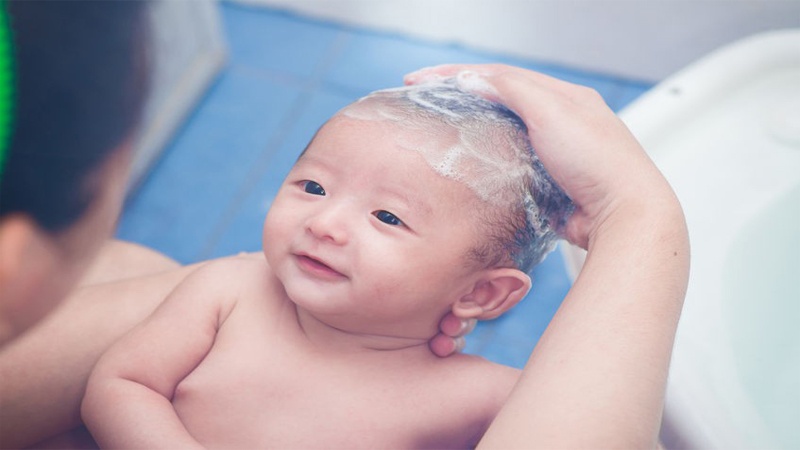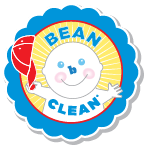How to Wash a Newborn Baby’s Hair
Many parents are uncertain about how frequently to wash their child’s hair, especially in cases where dandruff has developed or where cradle cap may be affecting the child. It can actually be very important that you don’t overdo shampooing your baby’s hair, because that can dry it out and cause more harm than good. Continue reading below to find out the optimal frequency for shampooing your baby’s hair.
How Often Do I Need To Wash A Newborn’s Hair?
You may be tempted to bathe your child frequently and to shampoo their scalp more often in an effort to accelerate the process of removing seborrheic dermatitis. Unfortunately, this will probably cause more harm than good, because if you dry out their skin with excessive bathing and shampooing, it will trigger the sebaceous glands into producing more oil. It is thought that one of the primary causes of cradle cap can be excessive oil produced by the sebaceous glands, and if they are triggered into over-production, you could actually worsen your child’s condition.
The best approach is to bathe your child no more frequently than once each day. It’s also important that you limit the duration of these baths, because too much time spent in the water will again have the effect of drying out their skin, and potentially triggering hyperactivity from the sebaceous glands. This is a common misconception on the part of many parents, whose natural instinct is to want to clean their babies as a means of reducing cradle cap. Keep in mind however, that too much cleaning can be much more harmful than not enough.
How Should I Wash My Newborn’s Hair?
Once your baby is eligible to be bathed, there is a proven method which is the most effective way to keep your child clean without drying out their skin excessively. First, you should place the child on a towel, and start by washing your baby’s face with a wet washcloth that is no more more than lukewarm, and which does not have soap in it. You can add soap to wash the baby’s body, making sure to thoroughly clean the entire area where the diaper will be placed.
Then you should rinse off all the soap with lukewarm water, and dry off the baby by patting it all around. Next, you should gently pour warm water over your baby’s head to get the hair wet, and use a small amount of baby shampoo. Rub the shampoo into the scalp gently, using a circular motion, and once you’ve completed the shampooing process, you can rinse off all the shampoo with a cup or by using your hand. Make sure to use only products which have been specially formulated for infants, and avoid using any adult products at all.

What is Cradle Cap?
Cradle cap is medically known as seborrheic dermatitis, and it appears on your child’s scalp as crusty or scaly patches which are difficult to remove. You’ll also sometimes find some mild redness or skin flakes on the scalp, but none of these are particularly dangerous to your child’s health, nor do they cause any itching or other discomfort to the baby. This condition will generally clear itself up in a matter of a few weeks, although it has been known to persist for up to a year in some children.
What Causes it?
Although scientists are not certain about the precise causes of cradle cap, it is thought that the biggest contributing factor could be the hormones passed on to the child by the mother before birth. Some of these hormones may be responsible for producing an excess of oil by sebaceous glands which are located in the upper chest, back, face, armpits, and head.
This excess oil is responsible for clogging the pores on the child’s scalp and producing the crusty or scaly patches which result. There is also a yeast fungus which sometimes grows in the sebum produced by sebaceous glands which can contribute to the seborrheic dermatitis condition. There is no contagious factor related to this condition, and it’s not caused by poor hygiene or any related factors.
Use Our Clean and Reusable Brush to Help
The best approach to shampooing your baby’s hair is to do it no more than once a day, because drying out your child’s scalp may trigger more oil production by the sebaceous glands located under the skin. When your child is bothered by seborrheic dermatitis, one of the most effective things you can do is to brush it gently, after shampooing with the best cradle cap brush from Bean-b-Clean. Visit our site today to find out what retailer nearest you carries our baby-sensitive soft brush that you can utilize to accelerate the process of removing cradle cap from your child’s scalp
